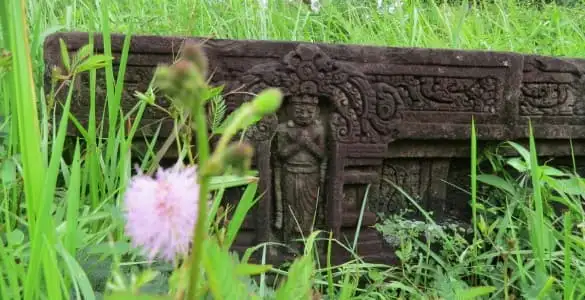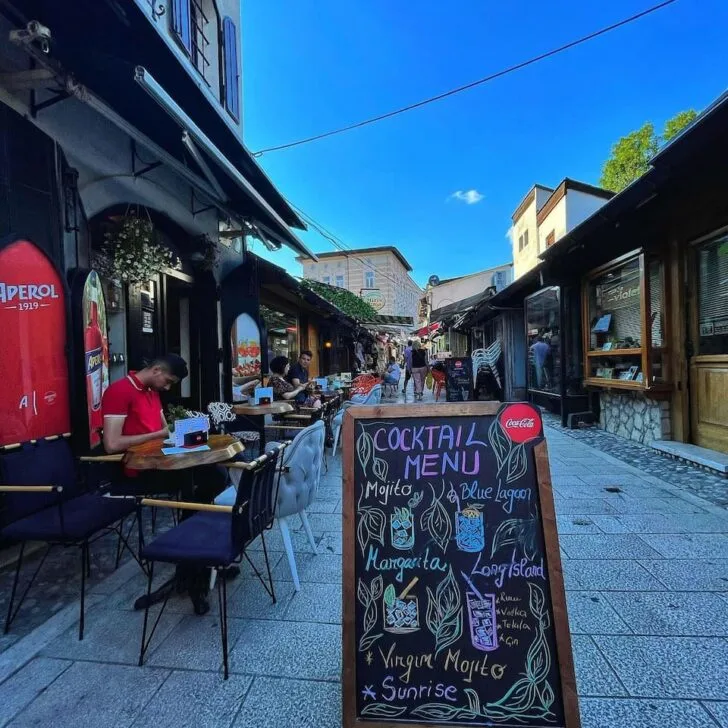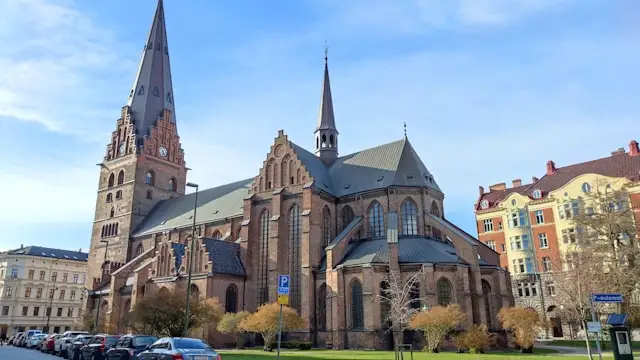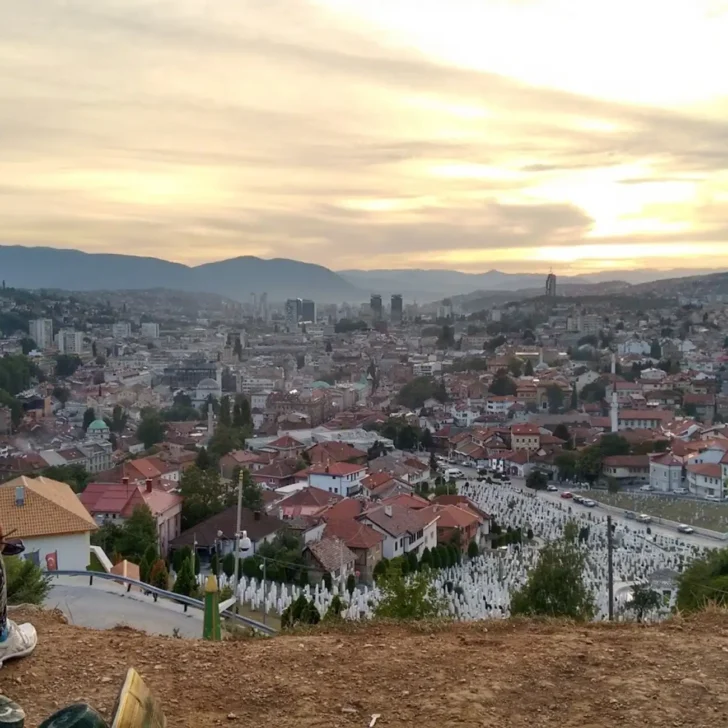We may receive a commission if you make purchases through affiliate links (at no extra cost to you). Read why our approach to travel is different.
Small, flat, rainy and boring are the monikers most commonly attributed to Belgium. There can be no disputing that Belgium is indeed small and flat, and it does rain rather a lot. After all, Belgium, Luxembourg and the Netherlands make up the Low Countries. The fourth of those epithets, though, couldn’t be further from the truth. Belgium is anything but boring.
In 1839, Belgium signed The Treaty of London. The treaty, whilst granting Belgium her independence, came with a caveat: Belgium must remain neutral. In return for this neutrality, Europe’s great powers would defend Belgium in the event of an invasion. What the treaty didn’t address was what would happen if one of those powers were to, themselves, invade Belgium. In August 1914, Germany did exactly that.
Now that we have the history out of the way, let’s turn to why Belgium should be on your travel radar. As you journey from bureaucratic Brussels, to the diamond capital of the world and romantic Bruges, you’ll see the real Belgium. Along the way, you’ll have the chance to sample more than your fair share of its famous frites, waffles, chocolate, and of course, beer.
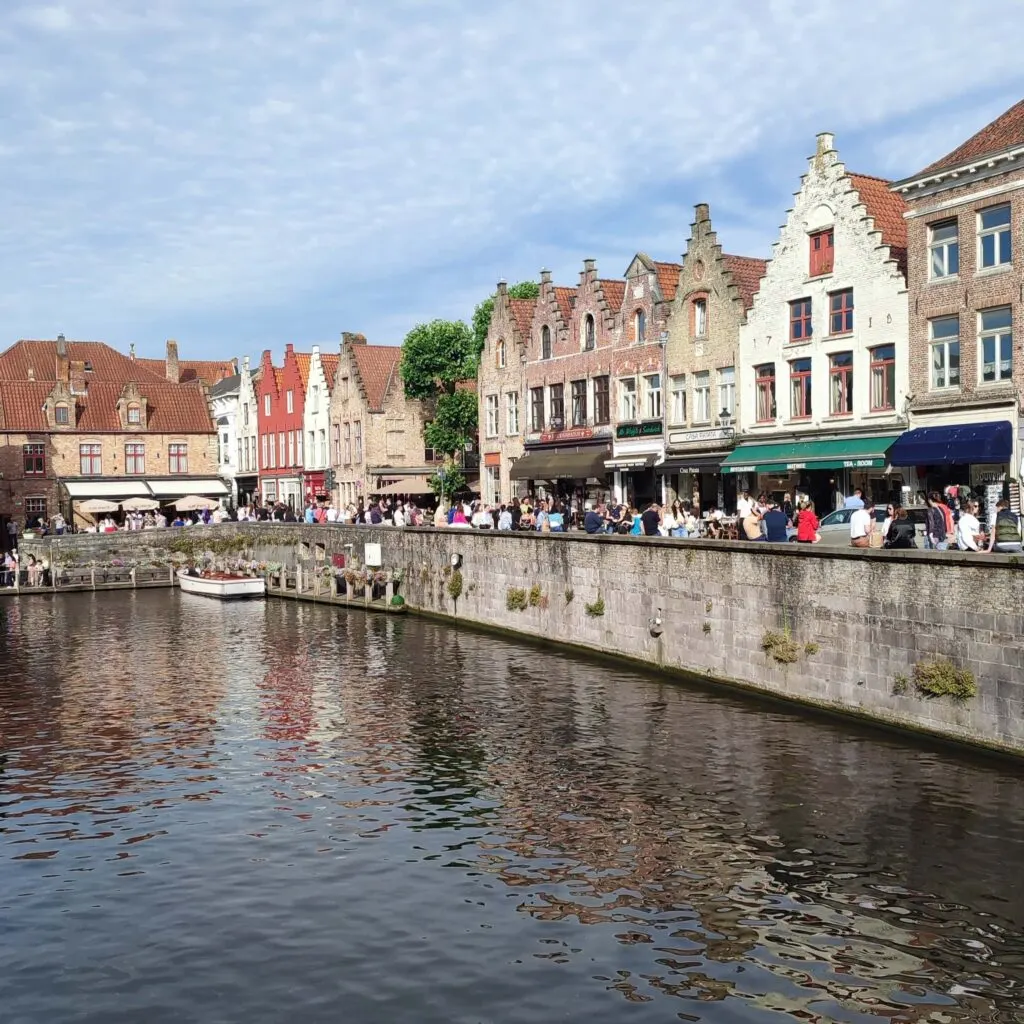
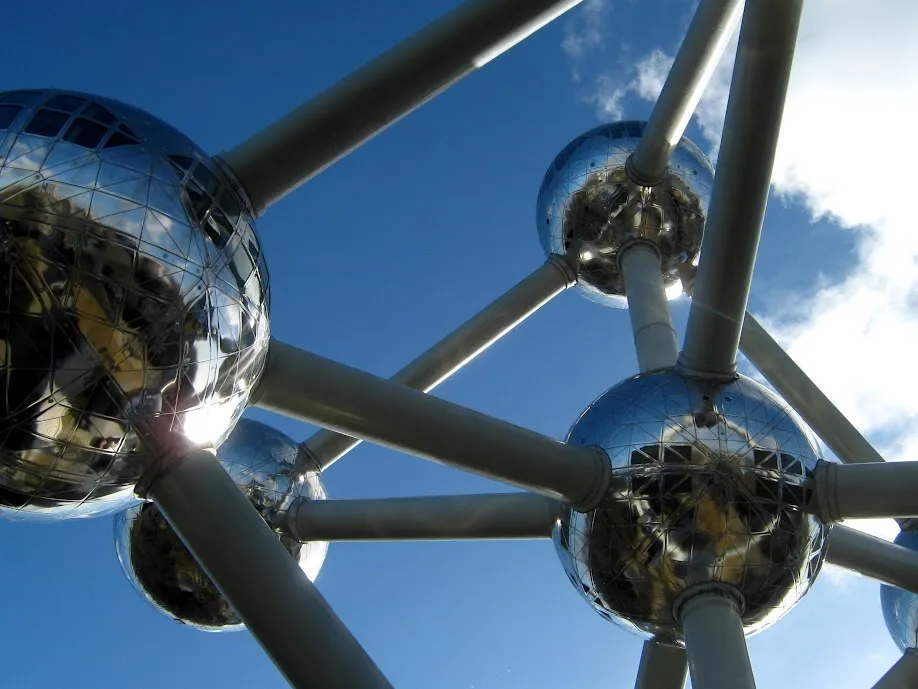
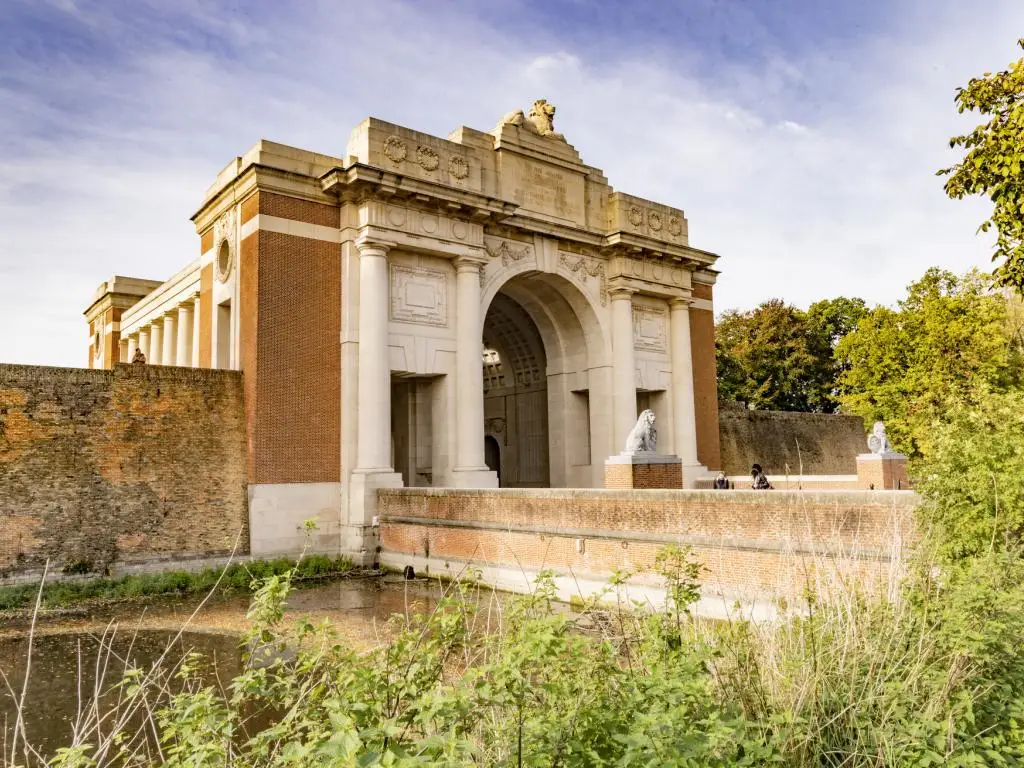
Our 4 day Belgium itinerary will leave you with no doubt: there is nothing boring about Belgium.
Skip to...
Best time of year to visit Belgium
There’s no bad time to set out on your 4 day Belgium itinerary. Unless you’re planning to add a day or two on the coast, you can enjoy this trip no matter the weather. And with Belgian weather, this is more important than ever. Rain is to be expected whatever the season and temperatures are typical of Northern Europe. Summer highs peak at around 23°C (74°F) in July and August.
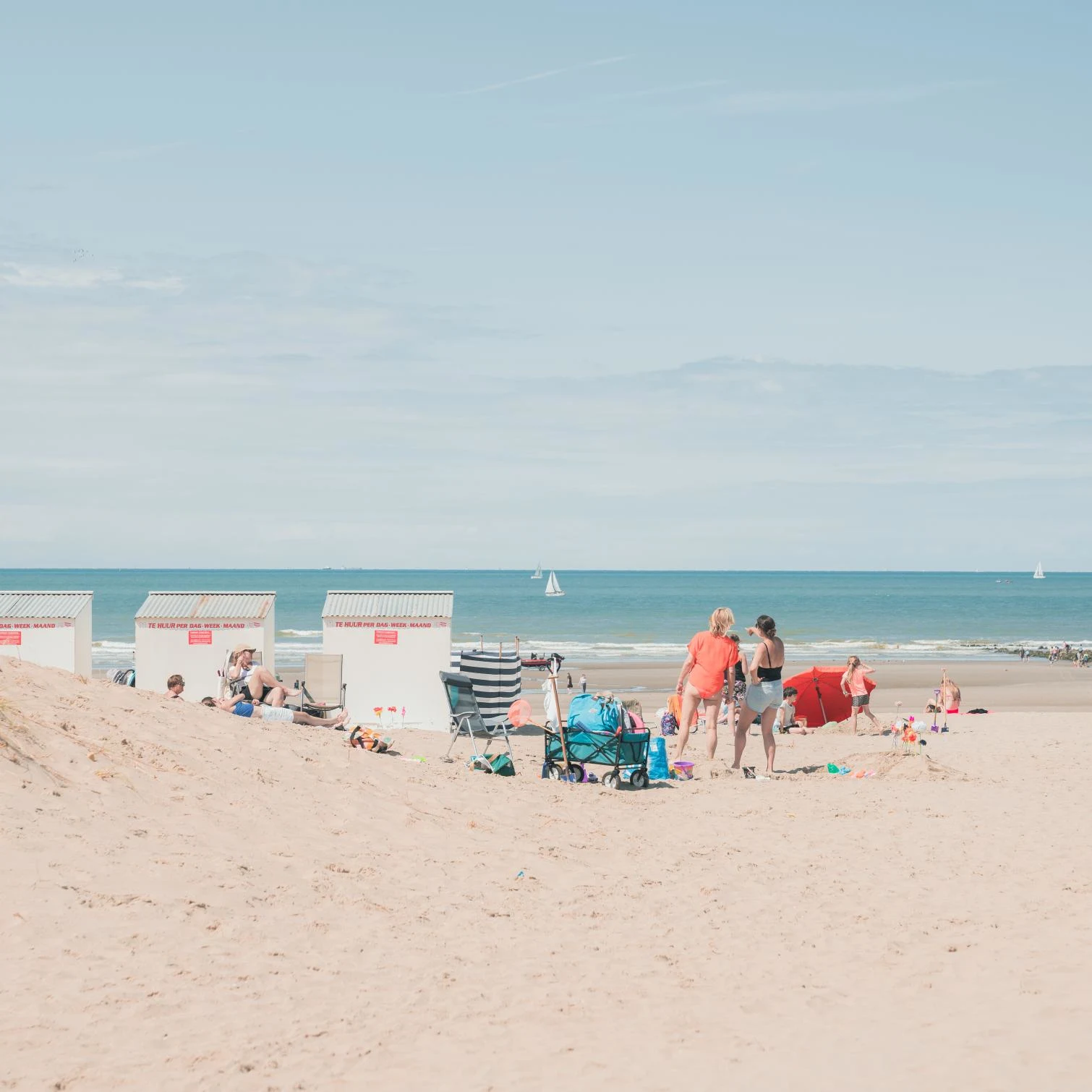
Our favorite seasons for visiting Belgium are spring and fall. Attractions will be open, but you’ll avoid the summer crowds. Similarly, hotel prices tend to peak during the summer months and in the run up to Christmas. That said, Belgian cities come alive over the festive period and the Christmas Markets are some of the best in Europe.
Getting around on your Belgium Itinerary
The best way to get between the sites on our 4 day Belgium itinerary is to drive yourself. If you haven’t brought a car with you, rental agencies are available in all major cities. If you’re flying into Brussels Airport (BRU), pick up a rental car either before you head into the city or in the morning of Day 2.

If you’d rather not drive, you’ll still be able to enjoy our Belgium itinerary. The country has an excellent public transport network. Buses and taxis are the best way to get around cities, whilst state-owned rail company SNCB provide fast and frequent intercity services. There are also regular long-distance buses between Brussels and Antwerp and on to Bruges.
Ultimate 4 Day Belgium Itinerary
Day 1: Brussels – The Capital of Europe
Our Belgium itinerary begins in the country’s multifaceted capital. As much as today’s Brussels is known as Europe’s capital of bureaucracy, thanks to it playing home to the European Parliament, Brussels is steeped in centuries of history. One day in Brussels is just long enough to see both of its faces.
Morning – The Old
There’s only one fitting breakfast for the first morning of your Belgium itinerary. Head to Maison Dandoy’s flagship location in Galerie du Roi. Their Belgian waffles have made them famous, but their cakes and pastries are just as good.
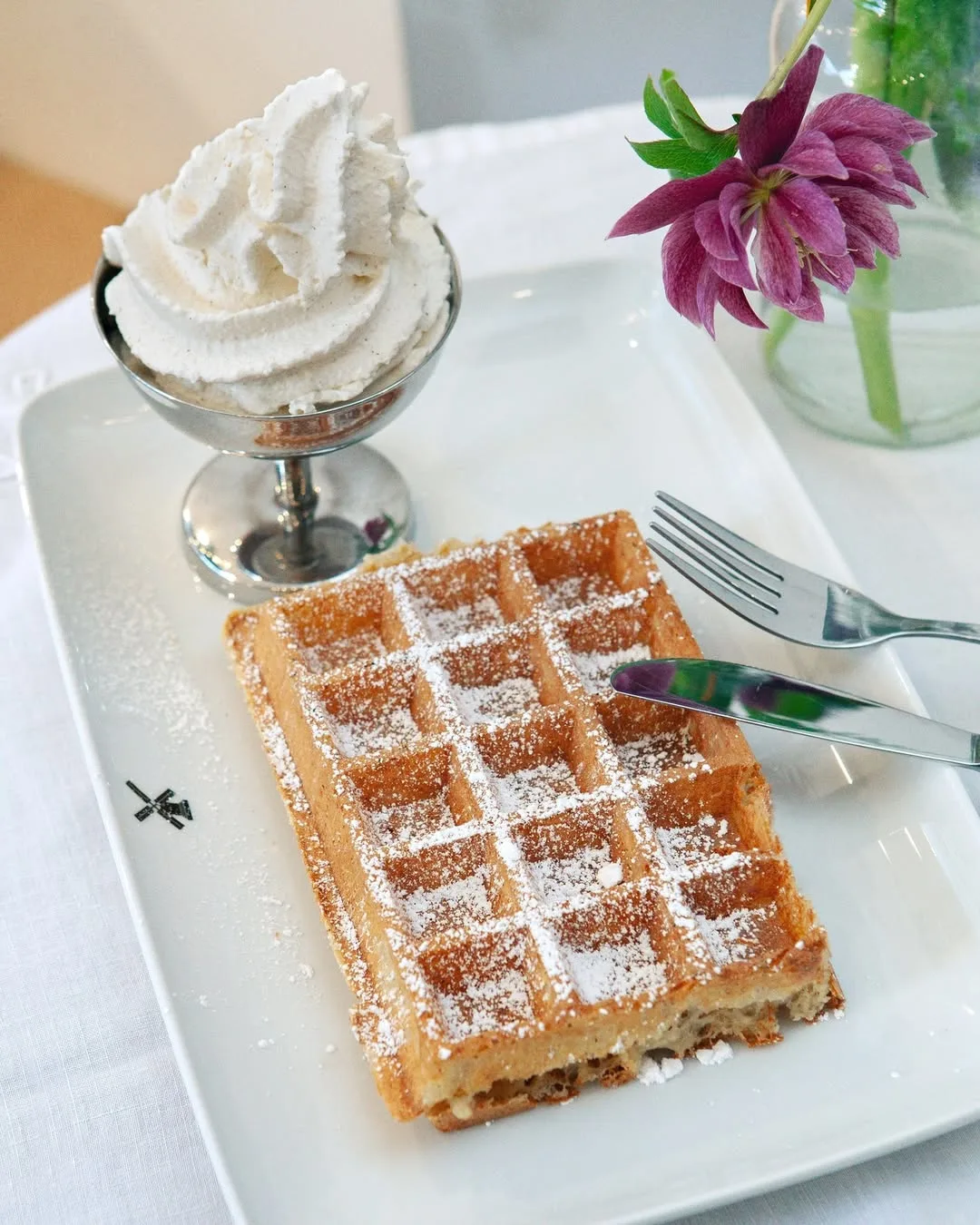
Belgian waffles come in two distinct styles. Brussels waffles are light, crisp and rectangular. Liege waffles come in an oval shape and are both denser and sweeter. No excuses are needed to try both.
Fuelled up on sugary goodness, turn your attention to exploring Brussels’ historic side. Grand Place, the city’s central square, was designated a UNESCO World Heritage Site in 1998, having been constructed between the 11th and 17th centuries.
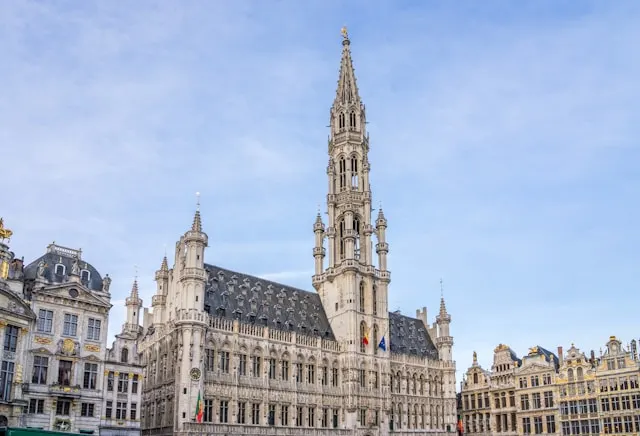
Take a moment to admire the grandeur of the Town Hall and the 15th century King’s House. Now home to the Brussels City Museum, the first King’s House built on this site was made entirely of wood. Once you’ve managed to draw yourself away from the imposing Gothic architecture, amble down cobbled Rue de l’Etuve in search of Manneken Pis.
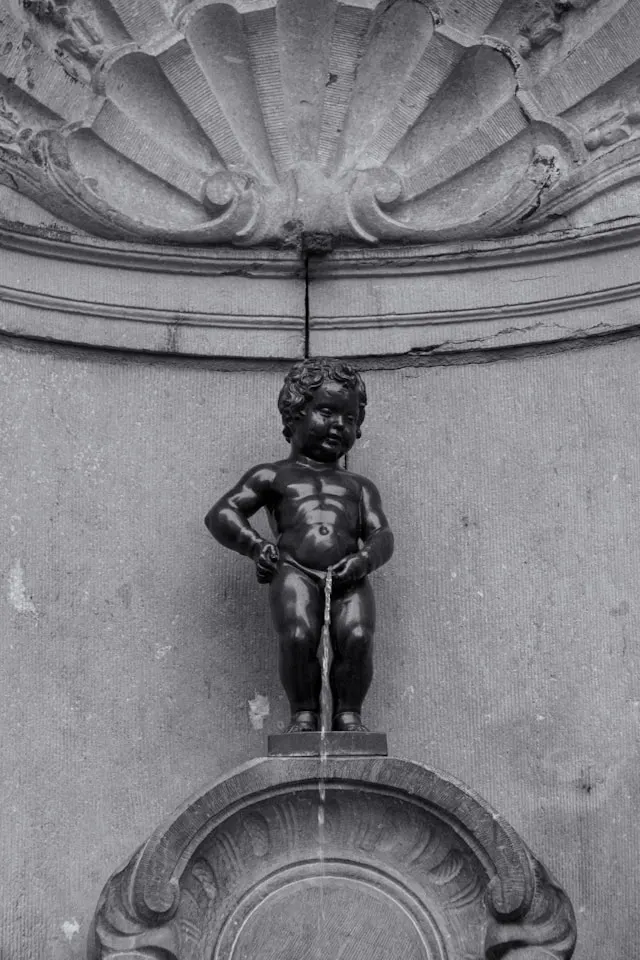
Travel tip: To tick off as many of Brussel’s historic sites during this Belgium itinerary, I always recommend joining a historic walking tour with a local guide.
Afternoon – The New
This afternoon is your chance to see the side of Brussels which makes it a major player in European politics. Born in 1952 as an assembly for the European Coal and Steel Community, it grew into the common assembly of the EEC, the European Union’s (EU) forerunner, just six years later. When the EU was born in 1993, the parliament became the powerhouse we know today.
To gain an understanding of its complex history and workings, take a private tour of Brussels’ European Quarter. If you prefer to visit alone, make sure you book a slot to tour the Parlamentarium.
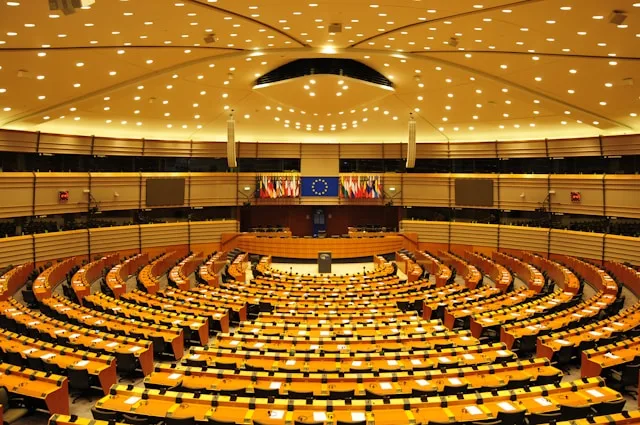
Round off your afternoon in Brussels with a trip out to Parc de Laeken. The northern end of the park is home to the most iconic structure in Belgium: the Atomium. Built for the 1958 World’s Fair, the 102-meter tall structure now serves as an arts center. Book tickets in advance to admire the view from the top.
If you have any time left over, Mini Europe, the model village which stands in the Atomium’s shadow is well worth a visit. Once you’re back in the city center, it will be high time to turn your attention to dinner. Brussels isn’t short of great restaurants, but if you want to sample Belgian cuisine at its best, you’ll want to head for Nuetnigenough.
Travel tip: Belgian cuisine takes influences from French, Dutch and German cooking. There’s no one national dish as such, but Moules-frites, Carbonade flamdande and Waterzooi are traditionally loved.
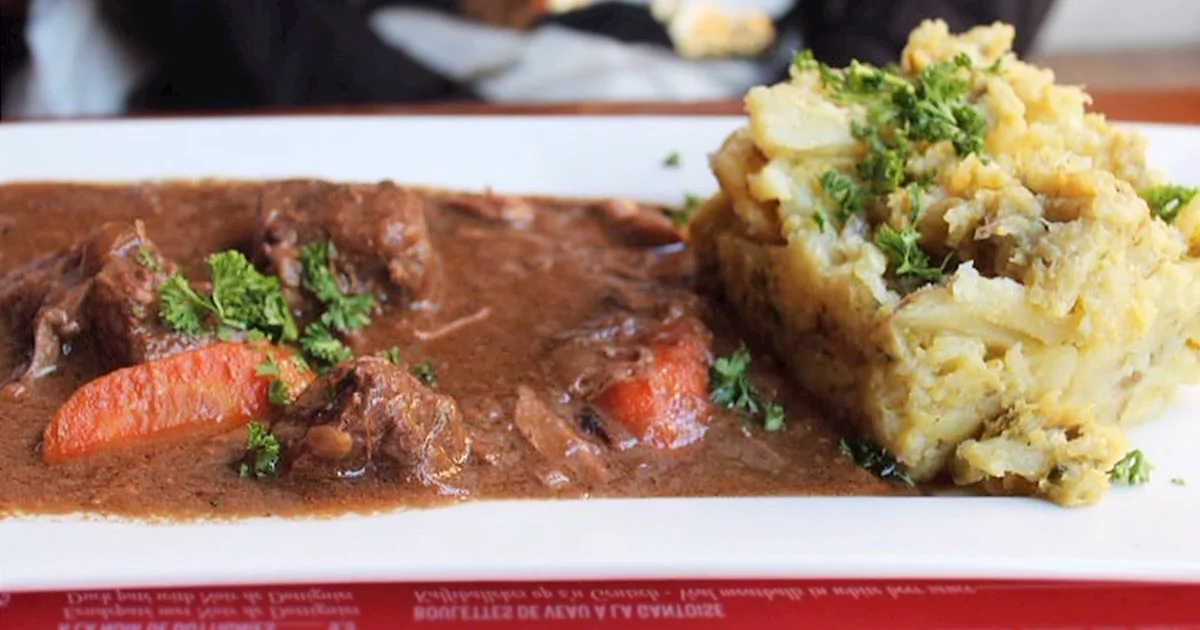
Where to Stay in Brussels
With just one night in Brussels on our 4 day Belgium itinerary, it pays to choose a central hotel. For the ultimate Brussels experience, opt for accommodation near Grand Place. Aris Grand-Place is an artsy modern boutique with an unbeatable location. For a touch of luxury, Hotel le Dixseptieme is our top recommendation.

If you’re looking to save on costs without compromising on a central location, pick a hotel around Midi Station. B&B Hotel offers the best value; Jill Hotel is another solid choice.
Travel tip: Worth noting, if arriving by train, the name Midi refers to the area, rather than meaning the “middle of” Brussels. The closest station to center is Brussels Central.
For more tips on planning your time in Brussels, don’t miss our ultimate guide to One Day in Brussels.
Day 2: Beer & Diamonds – Brussels to Antwerp
Leaving the capital behind, our Belgium itinerary heads north towards the world capital of the diamond industry. Not before making one very important stop, that is: the capital of brewing. Just 30km east of Brussels, the city of Leuven is home to over 30 breweries.
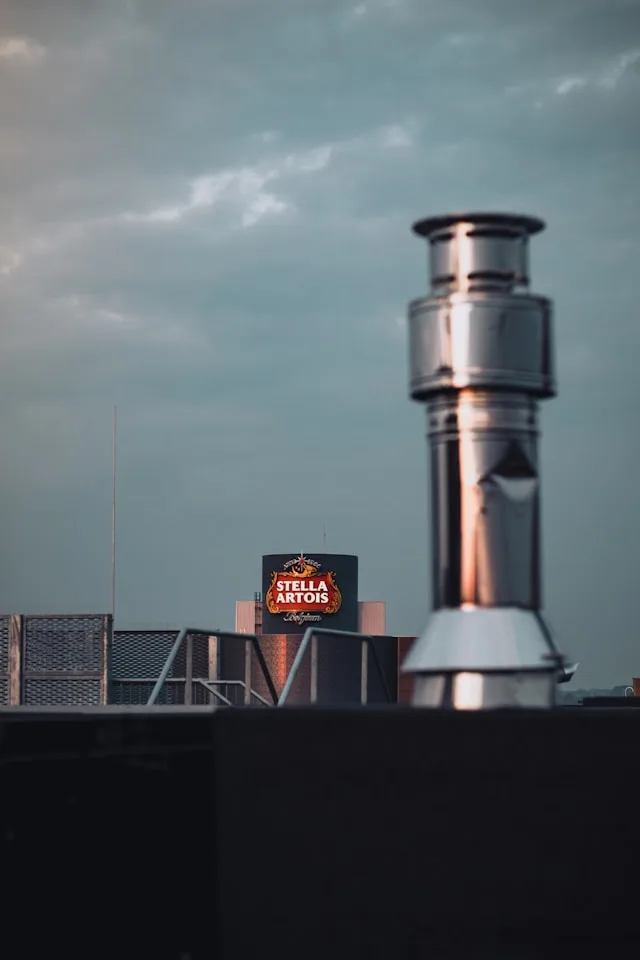
The most famous of all is the Stella Artois brewery. Launched as a Christmas special 99 years ago, the brewery who dreamt it up have been brewing since 1366. To see how it’s made, helped a long by a taster or two, book your tour of the Stella brewery in advance. If you prefer to visit a smaller craft brewery, head instead to Brewery de Coureur.
Before leaving Leuven, it’s well worth taking a little time to explore the historic city center. Hop on a guided walking tour before settling in for lunch at Café Commerce overlooking grand Ladeuzeplein.
Arriving in Antwerp by mid-afternoon, take a tour of the Jewish Quarter and the Diamond District. Almost 80% of the world’s rough diamonds are traded in Antwerp, with 50% of cut diamonds passing through the city. The reasons why this Belgian city became the unlikely world diamond capital have their roots in the Antwerp’s port and, naturally, Belgium’s colonial past.
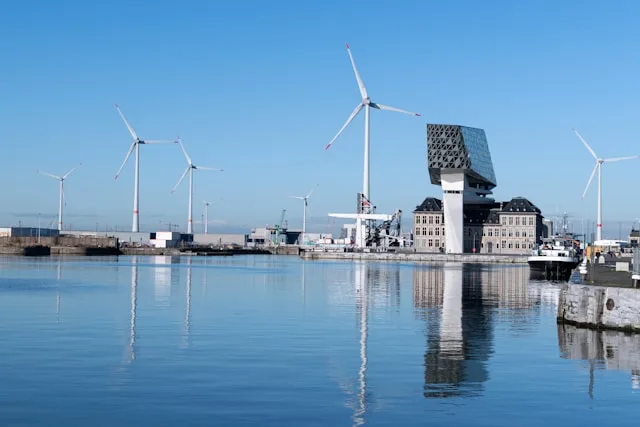
As evening falls, bring the second day of your Belgium itinerary to a close with a cruise around the port which brought Antwerp its wealth. If Leuven left you craving another sip of Belgian beer, its almost compulsory to end your evening touring Antwerp’s best bars.
Where to Stay in Antwerp
Antwerp is Belgium’s second city and more spread out than it appears. To make the most of your time, pick a hotel in the historic city center. If you’ll excuse the diamond related pun, Hotel Matelote is Antwerp’s best hidden gem. Just steps from the cathedral and River Scheldt, it’s surrounded by lively bars and restaurants.
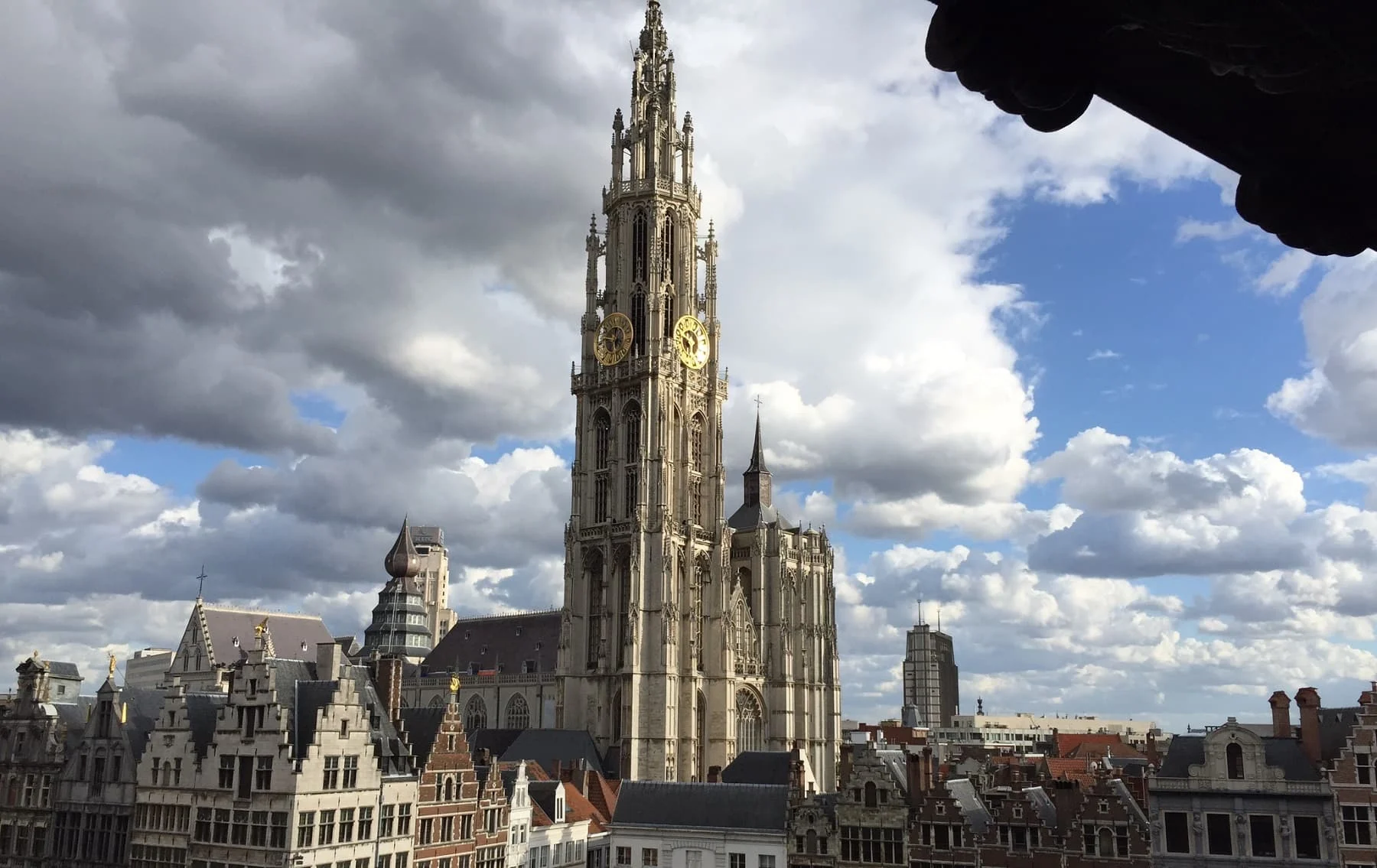
For something a little more luxurious, Hotel Rubens on the Grote Markt won’t disappoint. Antwerp’s best bargain has to be the Hotel National.
Day 3: Bruges – The Venice of the North
An undeniable highlight of any Belgium itinerary, a visit to Bruges should be on everyone’s bucket list. Dubbed ‘the Venice of the North‘, Bruges is a canal-side dream. Its medieval city center, complete with quaint cobblestone streets lined with chocolate box houses, is a UNESCO World Heritage Site.

Start your day with an orientation tour on foot, and by boat. In Bruges, staying on dry land is not an option. To get a better understanding of the city, head next to Historium, a quirky interactive museum which tells the story of Bruges’ golden era.
After a laid-back lunch at Café Cambrinus – their beer sausage is always a winner – continue your Belgium itinerary at the Frietmuseum. Frites (French fries) are a staple of Belgium as much as they are The Netherlands. When you get to taste some, never make the mistake of asking for ketchup. Traditional Belgian frites always come with mayonnaise; ketchup is too sweet.
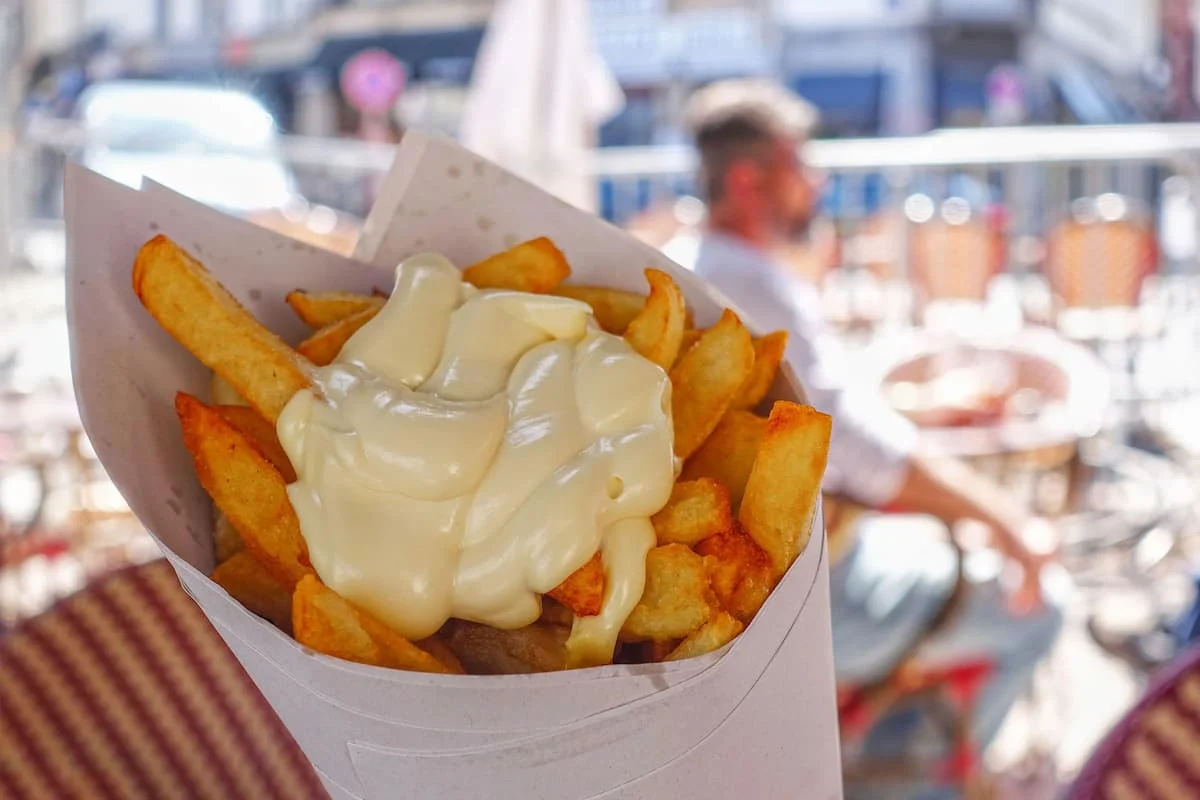
Continuing the food theme, head to Choco-Story, Bruges’ top chocolate museum. Even more famous than its beer, Belgium’s chocolate industry has been a massive part of its economy since the 19th century. Whilst the cocoa originates in Latin America and Africa, Belgian chocolate is known to be some of the most luxurious in the world. Book your tickets in advance to enjoy an including chocolate tasting.
Crossing Sint-Annarei Canal, make your final stop of the day at the Lace Centre. It was the lace trade which made Bruges the success it is today.
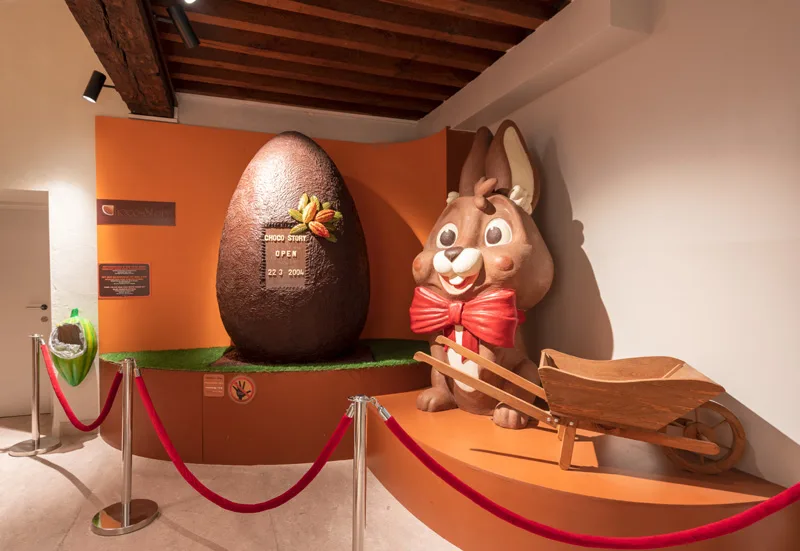
Where to Stay in Bruges
Botaniek is our all time number one. With an unbeatable location and free breakfast, this old school boutique oozes charm at every turn. If modern is more your style, you’ll love Martin’s Brugge. For the ultimate luxury, book a room with a canal view at Hotel Relais Bourgondisch Cruyce.
Brugge is the Dutch name for Bruges. Belgium has three official languages: French, Dutch and German. French is mainly spoken in Wallonia, with Dutch being the primary language in Flanders, whilst German is spoken along the eastern border.

Day 4: In Flanders Fields
No 4 day Belgium itinerary would be complete without a visit to some of the most important sites of the 20th century. Once you set foot in the battlefields of Flanders, you’ll be hit by a feeling like no other. Above all, a linger sense of confusion as to how what are some of the most peaceful, serene spots in Europe, were the sites of its bloodiest battles a little over a century ago.
Travel tip: If you’re not driving, join a full day tour of the Ypres Salient from Bruges. Shorter tours, departing from Ypres, are available for those who want to make their own way to the city.

Around the Battlefields
Head first to Sanctuary Wood Museum at Hill 62 to observe some of the best preserved trench sites in the Ypres Salient. Just along the road, Hill 62 Memorial pays tribute to members of the Canadian Corps who defended this stretch of the front line through spring and summer 1916.
Then, pay your respects at Tyne Cot, one of the largest Commonwealth cemeteries, the final resting place of 11,900 soldiers. The Northumberland Fusiliers, stationed here in 1917, noticed a likeness between the German pill boxes and Tyneside cottages, earning the cemetery its name. Head next to Langemark, one of the few German cemeteries in the Salient. Around 44,000 soldiers are laid to rest here, 24,917 of them in a mass grave.
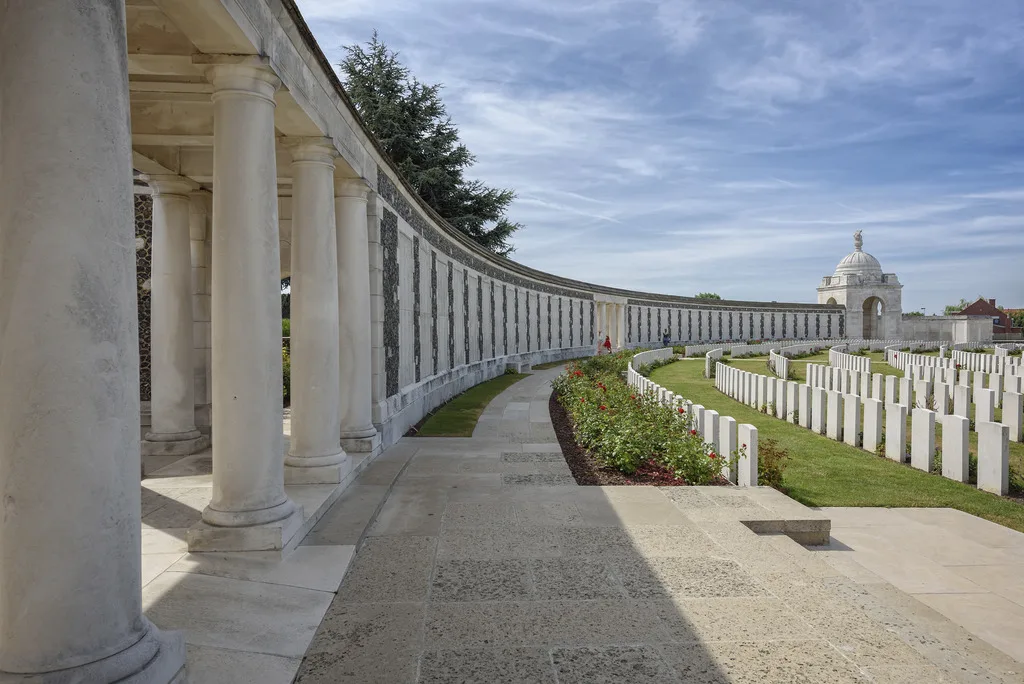
Before reaching the center of Ypres, make one final stop at Essex Farm Cemetery. It is here that Valentine Strudwick, better known as Joe, is buried. Killed by a shell on 14th January 1914, he was the youngest known soldier to give his life in the war. He was 15.
Essex Farm was also the site upon which the most recognizable poem of the war was written. In 1915, Canadian war medic John McCrae penned In Flanders Fields whilst stationed at a field hospital here. McCrae died of pneumonia during his service.
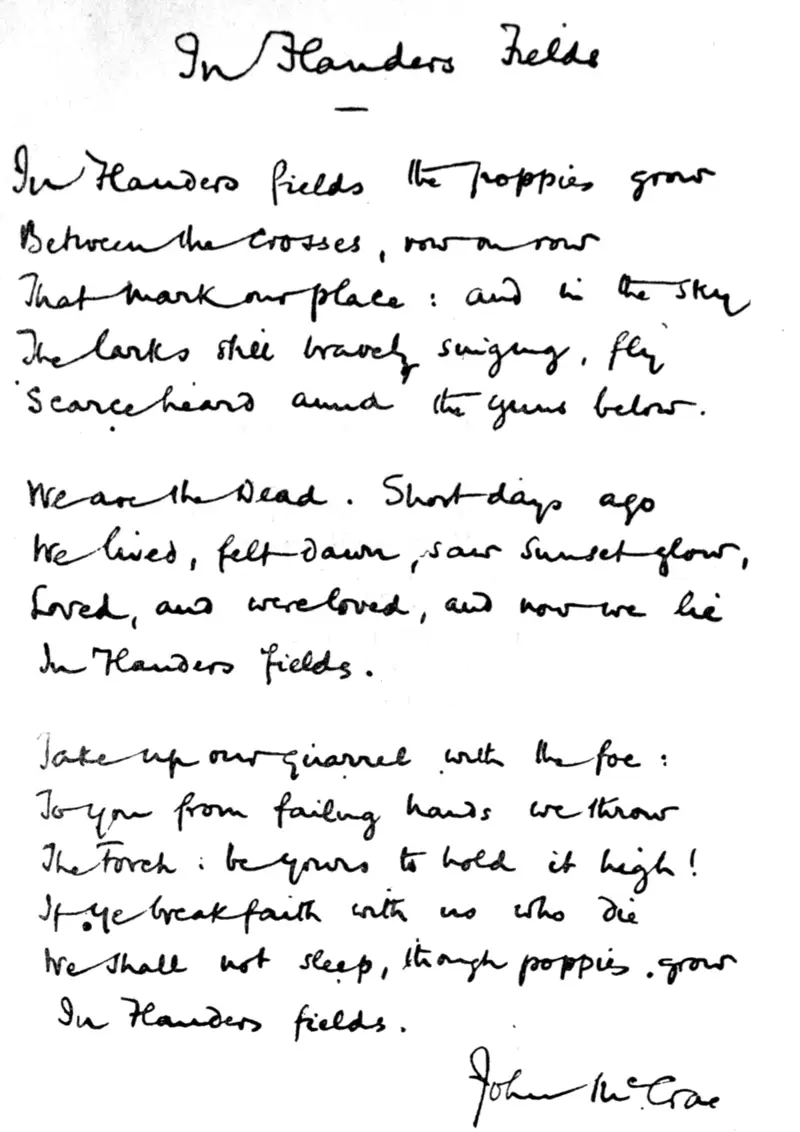
In Ypres
To put the day’s sights into perspective, make a stop at the In Flanders Fields Museum. Housed in Ypres’ imposing 13th century Gothic Cloth Hall, immaculately restored after being as-good-as destroyed in the war, this interactive museum is one of the most encompassing exhibits about the First World War anywhere in the world.
For a fitting, and moving, end to the day, as evening falls, head for the Menin Gate. The Last Post ceremony will take place at 8 pm, as it has every night since 1928.
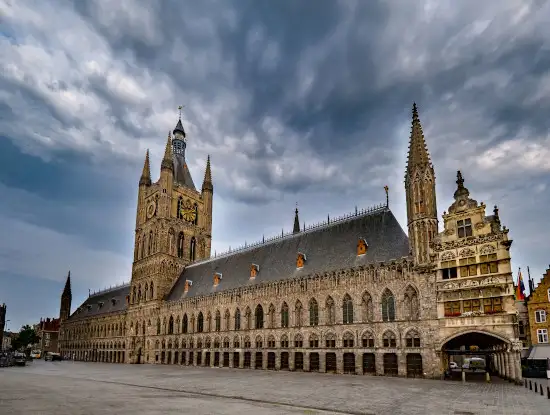
Where to Stay in Ypres
Spend the final night of this Belgium itinerary in the beautiful city of Ypres. Whilst its role in the war is hard to escape, the city itself is beautiful, historic and packed with great restaurants. Enjoy one final Belgian meal at Klei, in the shadow of the Cloth Hall.
Easily the best located hotel in Ypres, Hotel O Ieper is our top pick for the night. Hotel Ambrosia is another excellent choice. If you want to pick up any last minute chocolatey souvenirs in the morning, head to Peter De Groote on the Grote Markt before bidding farewell to Ypres, and Belgium.
Share This Article

Traveling soon? Subscribe to The Insight below and get exclusive access to our personalized travel advice community via WhatsApp so you can ask all your burning travel questions.
Looking for the best comprehensive travel insurance? SafetyWing has you covered.
And for your eSIM in every country, there is only one option we recommend: Airalo.
Read more of our best insights from around the world
